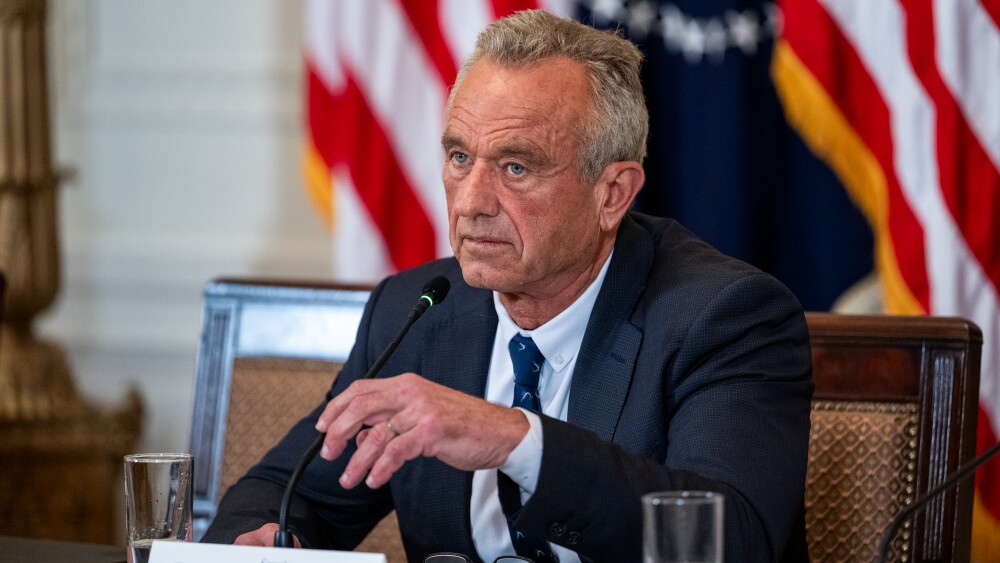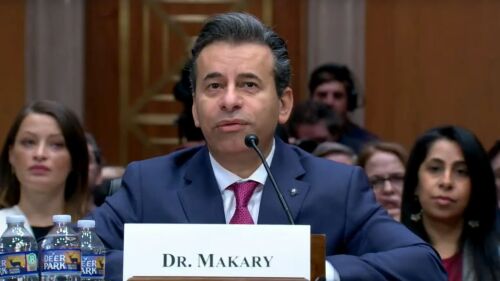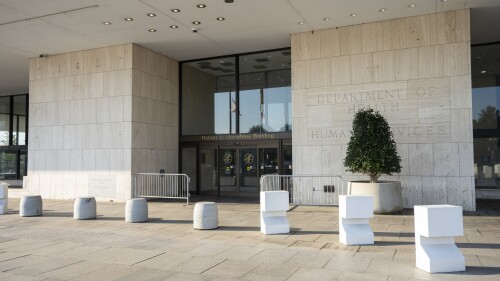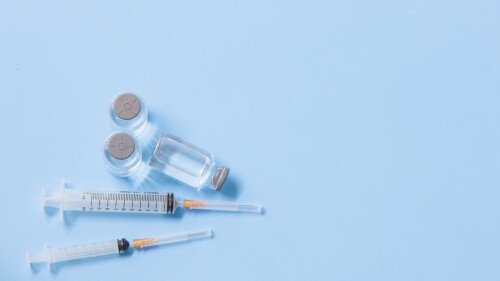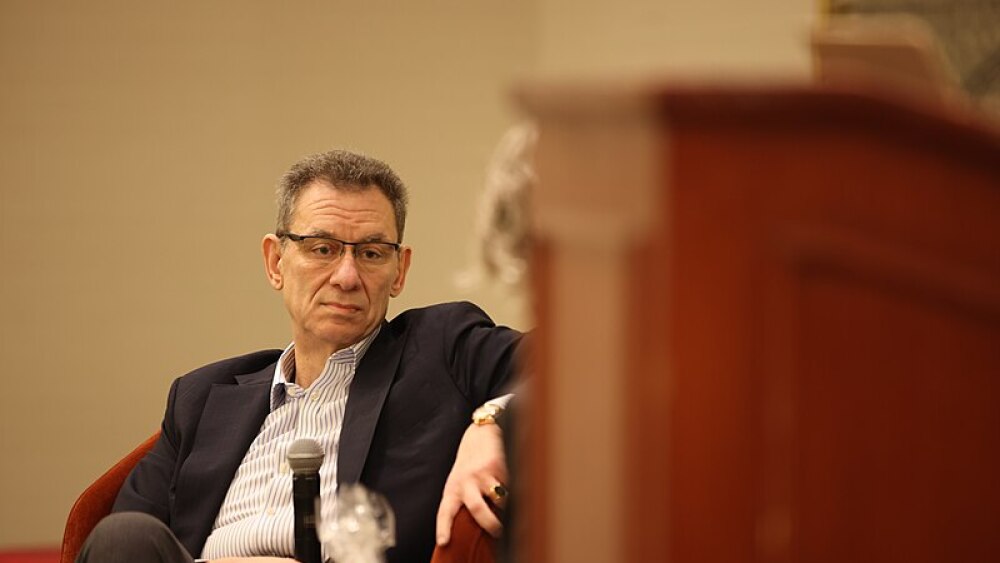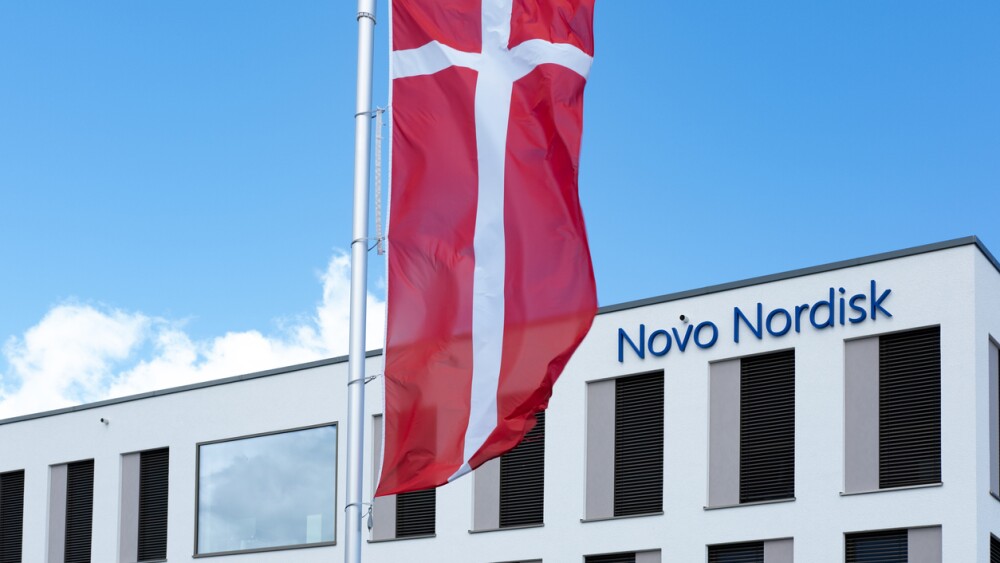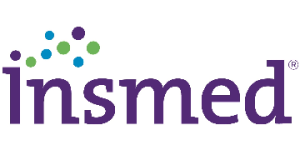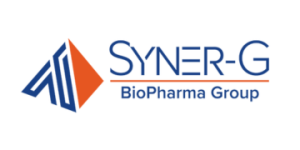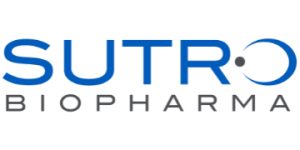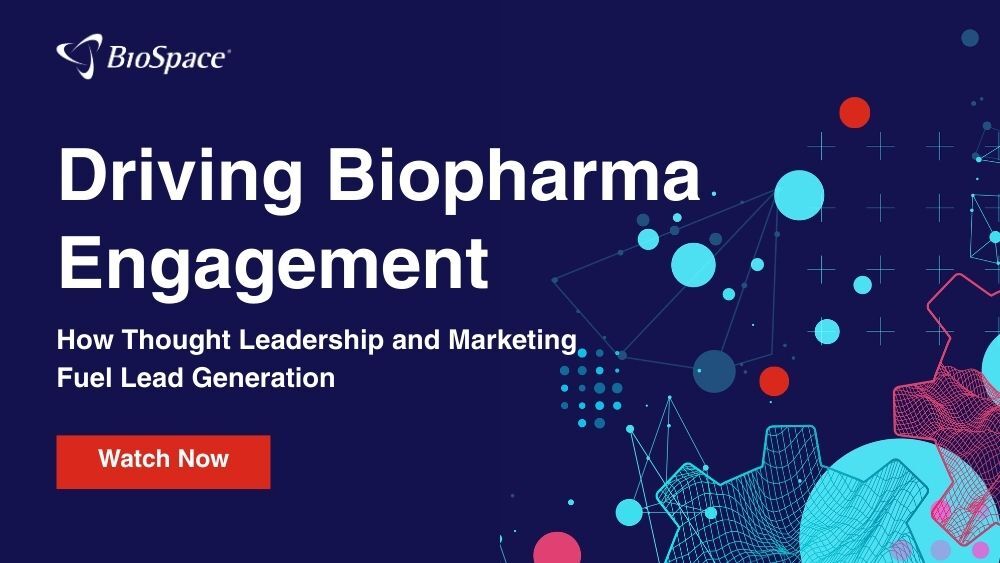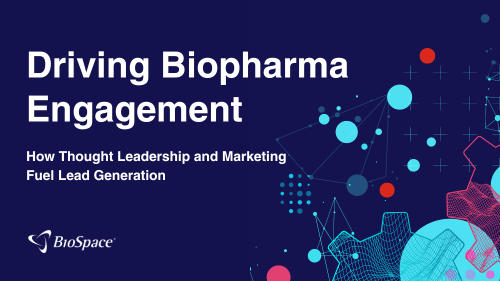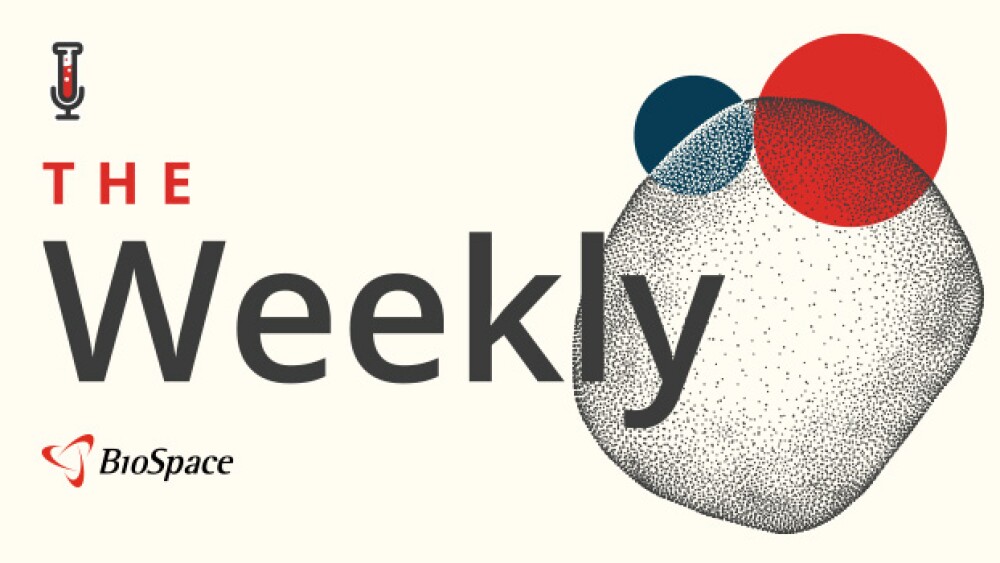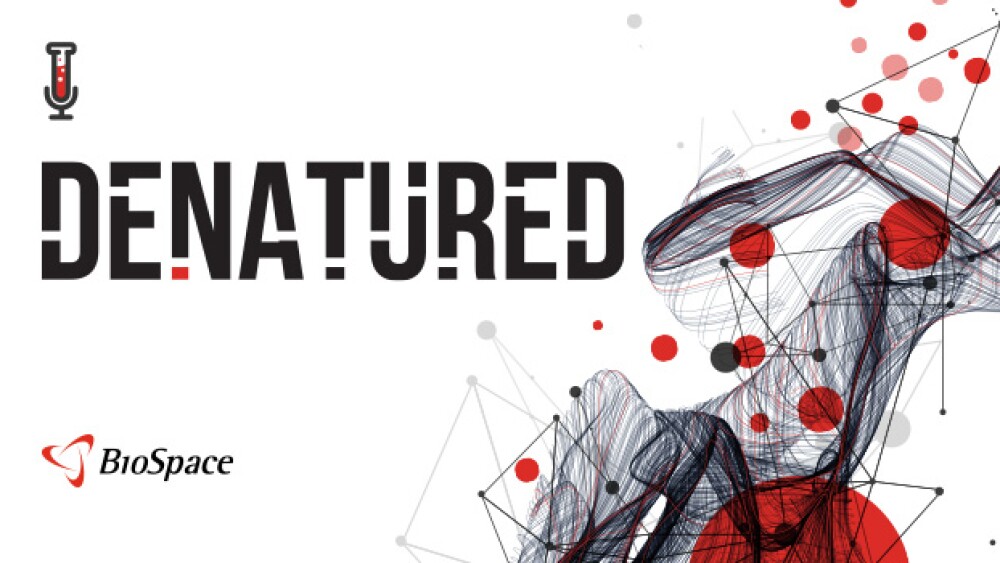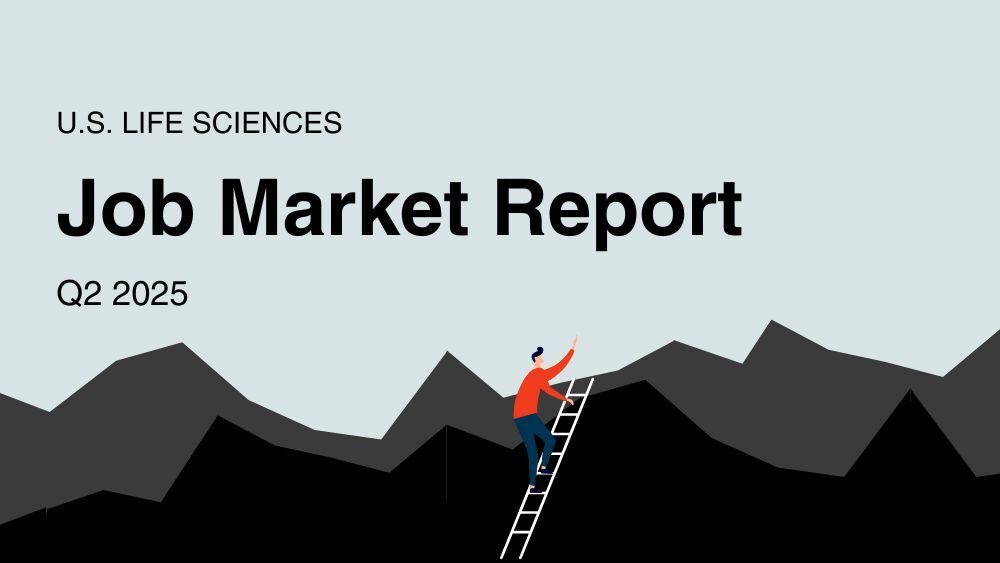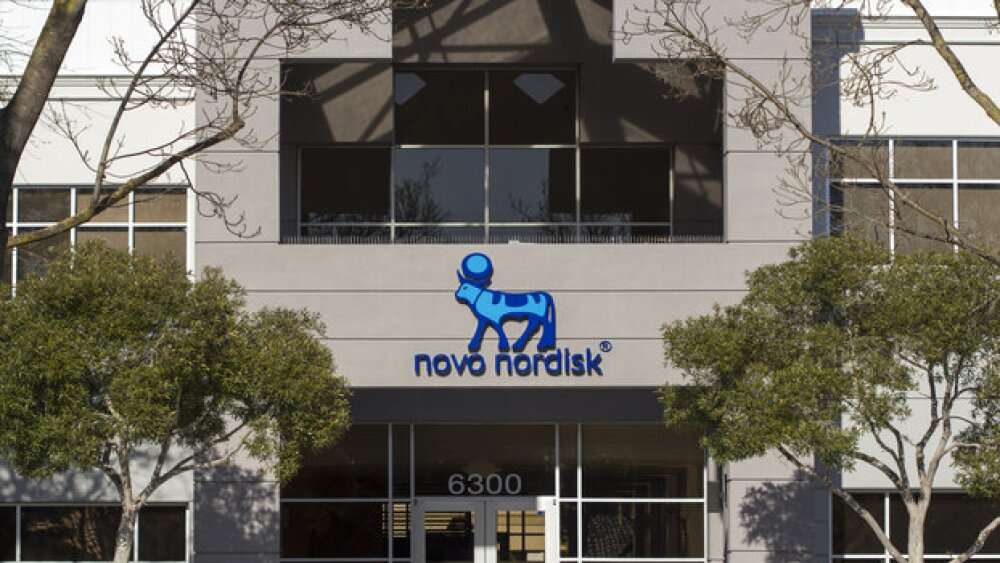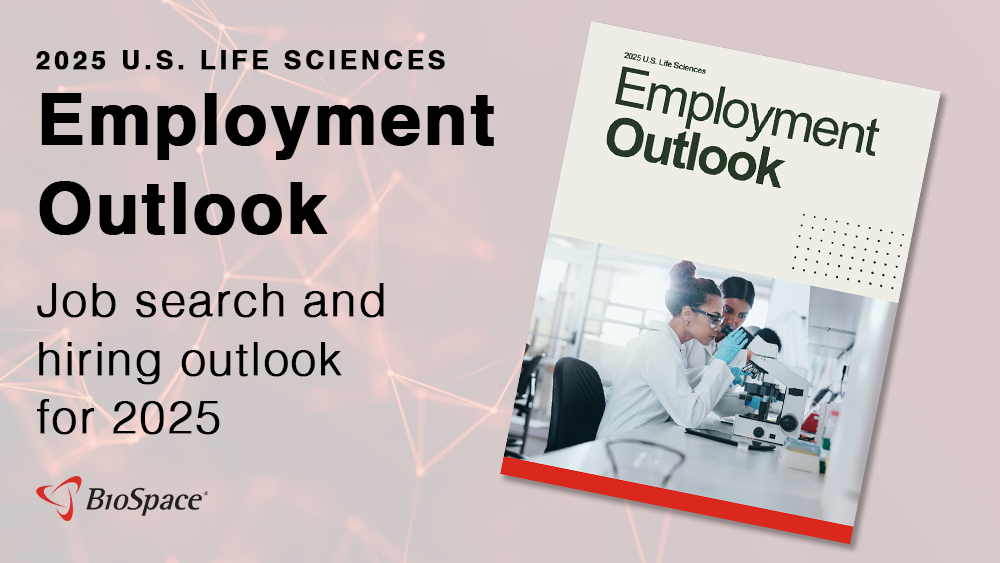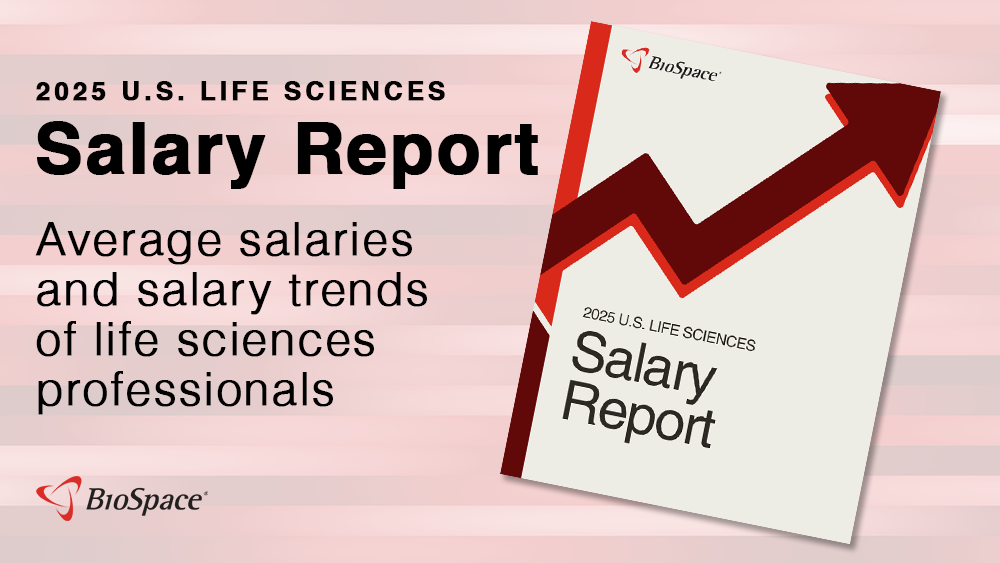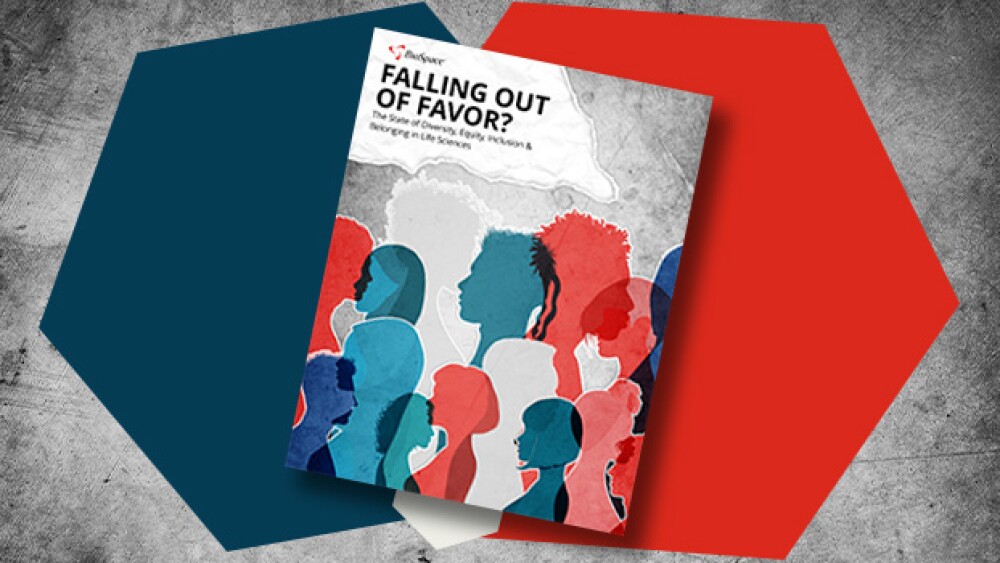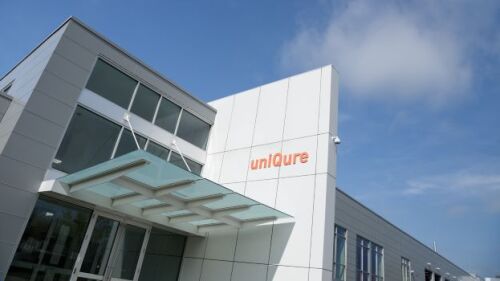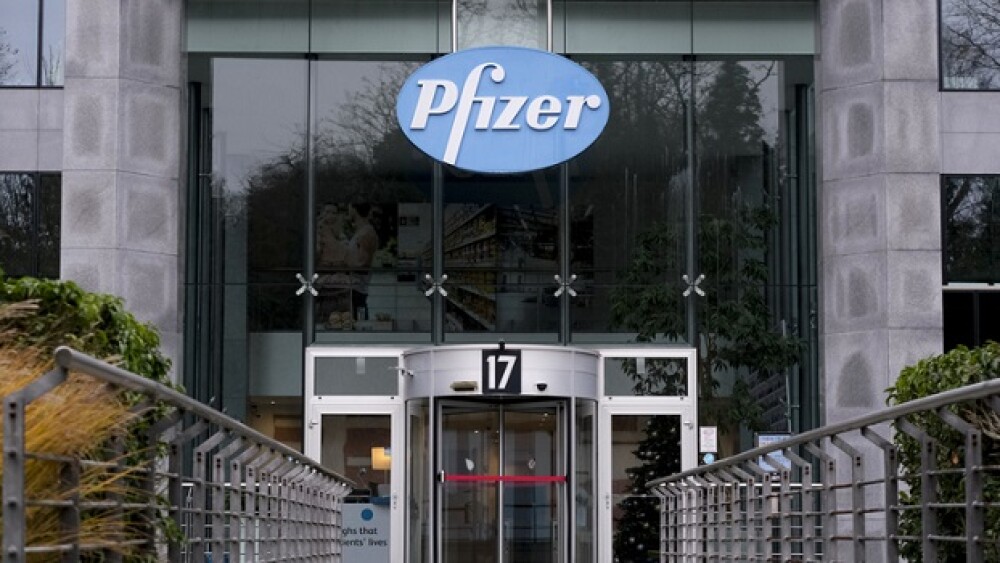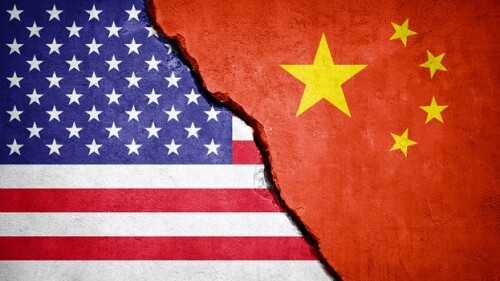Ekterly’s road to approval was not a smooth one. Last month, the FDA informed KalVista it would not meet its PDUFA date due to resource constraints and reports surfaced that Commissioner Marty Makary tried to have the application rejected.
Despite rehiring hundreds of FDA, CDC and NIH employees, the Department of Health and Human Services is still a skeleton of its former self under Health Secretary Robert F. Kennedy Jr.
After the FDA rejection of Zurzuvae in one type of depression and the triple failure of neuro asset dalzanemdor, Sage was searching for a path forward at the end of December 2024. Biogen CEO Chris Viehbacher spied a possible deal, but the smaller company wasn’t interested.
Bioinformatics is on the rise, forecasted to grow by about $16 billion from 2024 to 2029 given its value to managing mass datasets critical to modern drug discovery and development. Two talent acquisition experts share how the field has evolved in the past few years and which skills are most in demand.
Novartis is falling farther behind AbbVie, which expanded its JAK inhibitor Rinvoq into giant cell arteritis in April.
Health Secretary Robert F. Kennedy Jr. endorsed the expanded use of RSV vaccines for people 50 through 59 years old who are at risk of severe disease.
FEATURED STORIES
Pfizer CEO Albert Bourla is in a tough spot as activist investor Starboard Value continues to call for a change in the company’s leadership. However, analysts are supportive of the embattled executive.
The group of like-named companies that include Novo Holdings and Novo Nordisk—the two tied to a multibillion-dollar buyout of Catalent currently under FTC review—ultimately send proceeds to the Novo Nordisk Foundation, one of the world’s largest charitable foundations.
Pharmaceutical companies are combining antibodies with radioisotopes in a bid to more precisely deliver radiation to cancers and tumors.
Massachusetts residents voted Tuesday against the Natural Psychedelic Substances Act, which would have seen some psychedelics, including psilocybin and dimethyltryptamine, legalized in the state.
In the wake of Pfizer’s voluntary market withdrawal of the popular sickle cell disease therapy, BioSpace looks at five investigational drugs currently making their way through the pipeline.
This week marked the start of the third-quarter earnings season, with Johnson & Johnson exceeding Wall Street’s expectations. Pfizer is projected to have a strong quarter, while Eli Lilly could pull ahead of Novo Nordisk in the obesity space. Moderna, by contrast, has a decidedly negative outlook.
FROM BIOSPACE INSIGHTS
Establishing trust through thought leadership is no longer optional in today’s cautious biopharma market. This webinar will show leaders how strategic insights and targeted outreach can turn awareness into high-converting leads. Watch now.
LATEST PODCASTS
CRISPR gene-editing has had its first ever approval in the UK. Will the FDA follow suit? What can patients expect the price tag to be?
This is part one of a discussion focused upon data bias, accuracy, access and the future of AI in drug development. Topics explored are ROI, human bias, data challenges, data management plans, and human expertise.
In this episode BioSpace’s Greg Slabodkin, Tyler Patchen and Lori Ellis discuss Zepbound, Wegovy, the weight loss race and the future of this drug class.
Job Trends
Pfizer Inc. (NYSE: PFE) announced today that its shareholders and the general public are invited to access its virtual-only 2024 Annual Meeting of Shareholders at 9:00 a.m. EDT on Thursday, April 25, 2024.
Subscribe to Genepool
Subscribe to BioSpace’s flagship publication including top headlines, special editions and life sciences’ most important breaking news
SPECIAL EDITIONS
BioSpace did a deep dive into biopharma female executives who navigated difficult markets to lead their companies to high-value exits.
BioSpace data show biopharma professionals faced increased competition for fewer employment opportunities during the second quarter of 2025, with increased pressure from further layoffs.
BioSpace did a deep dive into executive pay, examining the highest compensation packages, pay ratios and golden parachutes—what a CEO would get paid to leave.
DEALS
-
While analysts are bullish on Novo Holdings’ $16.5 billion acquisition of Catalent, they say it raises questions for companies that have contracted the CDMO for manufacturing.
-
The Swiss pharma’s dealmaking momentum continues in early 2024 with the acquisition of German biotech MorphoSys in an effort to strengthen its oncology portfolio.
-
Metagenomi could potentially raise over $100 million if the underwriters exercise their option to purchase additional shares in full, assuming an initial public offering price of $16 per share.
-
The investment arm of the Novo Nordisk Foundation is acquiring contract development and manufacturing organization Catalent to help meet high demand for Ozempic and Wegovy.
-
Alto Neuroscience and Fractyl Health provided further momentum to the recent spate of biotech initial public offerings, with both companies going public on Friday morning in respective $128 million and $110 million IPOs.
WEIGHT LOSS
-
Some analysts say so, and a recent study suggested Lilly’s tirzepatide beat Novo’s semaglutide at inducing weight loss, but there are other factors in the market race.
-
Despite recent concerns about suicidality and other neuropsychiatric issues, a recent study has found that Novo Nordisk’s Ozempic (semaglutide) is associated with lower risks of dementia, cognitive deficit and nicotine misuse.
-
Pfizer said Thursday it is pushing ahead with a once-daily, modified-release formulation of its oral GLP-1 obesity therapy danuglipron, with dose optimization studies in the second half of 2024.
-
Eli Lilly becomes the latest to make a major investment in immunology and inflammation, while antibody-drug conjugate biopharma Myricx Bio nets a large Series A round and new research highlights the potential and possible risks of GLP-1s.
-
As Novo Nordisk’s weight loss drug enters the Chinese market, its patent is expiring in two years and biosimilar competition is rising.
POLICY
-
In the U.S., the chorus of opposition against the proposed buyout continues to grow and now includes the CEOs of Roche and Lilly, a broad coalition of unions and consumer groups and at least one senator.
-
Iskra Reic will continue to serve as the pharma’s senior vice president for Vaccines and Immune Therapies as she steps in for Leon Wang, who was detained by Chinese authorities in November.
-
Novartis is seeking to prevent the entry of generics for its blockbuster heart failure drug Entresto, its top-selling asset that brought in more than $6 billion in net global sales last year.
-
The payment scheme will tie gene therapy payments to improvements in health outcomes—and could potentially boost the uptake of these sickle cell disease treatments.
-
Based on how President-elect Donald Trump’s first administration handled immigration, experts are concerned about how his second term will impact foreign-born biopharma professionals. Two immigration attorneys discuss what may be ahead, including increased difficulty getting work visas.
BioSpace interviewed Marianne Stanford, Ph.D., who shared her thoughts on the immunology field and the career path of an immunologist.
While it’s only a few hundred words, writing a good follow-up email accomplishes a few important things. Here’s how you can write an impressive interview follow up email.
Often times, you can fall into a trap of seeing a particular title, skimming a listing, and firing off an application.
Are you interested in the practical application of life sciences research? If so, an understanding of translational research is useful to see the vast opportunities to help patients and cure diseases.
The life science industry produces a complex, high-stress and intricate work environment, so it’s no surprise that workaholics pop up in this industry all the time.
Whether your controlling coworker wants to hold onto the data for their own use or refuses to compromise with you. Whatever, it is, it can lead to various problems.
HOTBEDS
IN CASE YOU MISSED IT
The move comes after Robert F. Kennedy Jr. received pressure from the Children’s Health Defense, an anti-vaccine non-profit that he co-founded, which last month sued him over his failure to run the “statutorily required Task Force on childhood vaccine,” according to the lawsuit.
REPORTS
In this Employment Outlook report, BioSpace explores current workforce sentiment, job activity trends and the prospective job and hiring outlook for 2025, particularly as it compares to the previous year.
BioSpace’s third report on diversity, equity, inclusion and belonging in life sciences examines dramatic shifts in attitude around diversity initiatives.
CANCER
-
Six months after treatment with the radiopharmaceutical therapy, 77.8% of patients with meningioma were alive and had not experienced further disease progression, beating the 26% benchmark established in earlier studies.
-
Johnson & Johnson linked Carvykti to a 45% reduction in risk of death and Darzalex to a 61% improvement in minimal residual disease-negativity, boosting the prospects of two key growth drivers for the company.
-
One upcoming decision—on a perioperative PD-1 regimen for lung cancer—comes as the FDA considers an overhaul of trial designs in this treatment setting.
-
The FDA’s Oncology Drugs Advisory Committee voted near-unanimously that the benefits of PD-1 inhibitors like Keytruda and Opdivo in PD-L1 low patients do not outweigh the risks.
-
Merck follows in the footsteps of Bristol Myers Squibb, which in December 2023 also failed to secure a late-stage victory for its combo regimen of a PD-1 blocker and an anti-LAG-3 antibody.
NEUROSCIENCE
-
After a busy first half of 2024, several companies are expecting key data readouts in the neuropsychiatric and neurodegenerative disease spaces during the next six months.
-
Halia Therapeutics, NodThera and Gain Therapeutics target neuroinflammatory processes in hopes of modifying the course of Parkinson’s progression.
-
Following a disappointing readout last year, uniQure on Tuesday posted promising Phase I/II data for its investigational gene therapy AMT-130 and nabbed the first-ever Regenerative Medicine Advanced Therapy designation from the FDA in Huntington’s disease.
-
Patient assistance programs may actually be a two-way street, providing patients with drugs and companies with data.
-
Two CRLs from the FDA last week cited concerns with third-party manufacturers, while Indian CDMOs may make a bid for U.S. business if there is a decoupling from Chinese companies under the BIOSECURE Act.
CELL AND GENE THERAPY
-
Pfizer will go toe-to-toe with CSL Behring following the FDA’s Friday approval of its hemophilia B gene therapy Beqvez and will launch a warranty program based on the durability of response.
-
The Celularity CEO and founder tells BioSpace he believes that placenta-derived cells are the future of stem cell therapies to fight autoimmune disease, cancer, even aging.
-
While Sanofi restructures and parts with employees from U.S. and Belgian sites, a new company in the GLP-1 space emerges from stealth.
-
While Bristol Myers Squibb did not explicitly mention China as the company expands and diversifies its manufacturing capacity, Cellares said the BIOSECURE Act would be a boon to its own growth.
-
The regulator on Monday slapped Abeona Therapeutics with a Complete Response Letter for its investigational cell therapy pz-cel due to chemistry, manufacturing and controls issues.

